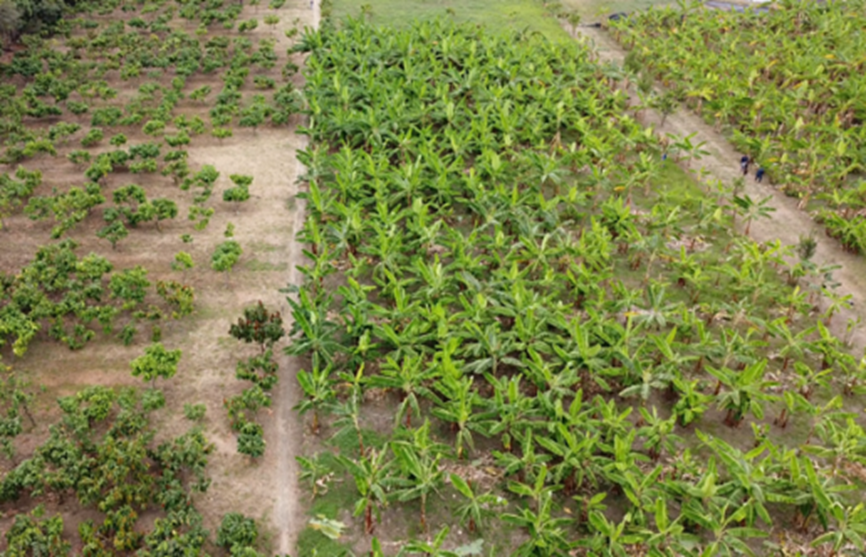NAHP: Neutrosophic Hierarchical Analysis for Pest Prioritization in Plantain Cultivation
Keywords:
NAHP, Neutrosophic, Pests, Crop, Plantain, Prioritization, Multicriteria Analysis, Expert Judgment, Integrated Management, Agriculture, Uncertainty, Indeterminacy, Sustainability, Neutrosophic Logic, AHPAbstract
The following study addresses the impact of pests on plantain cultivation, recognizing them as a critical factor for both sustainability and productivity. Traditionally, decision-making in this context relies heavily on subjective and unstructured criteria, often leading to inaccurate prioritization of pest- and disease-related risks. This issue becomes even more pressing considering the growing global demand for plantains and the need to manage resources effectively, which calls for clear identification of intervention priorities. However, agricultural systems—characterized by ecological and social variability—often present incomplete, ambiguous, or contradictory information, making conventional multicriteria analysis insufficient. To address this challenge, this research introduces the Neutrosophic Analytic Hierarchy Process (NAHP), an extension of the traditional AHP that incorporates uncertainty and indeterminacy in expert evaluations. Through a hierarchical structure, the model assesses pest threats based on criteria such as economic damage, frequency of occurrence, and control difficulty. Results show that NAHP delivers robust and consistent classifications, enabling more effective pest prioritization for enhancing both technical and agricultural efficiency. This research contributes both theoretically and practically, introducing an innovative methodology to agricultural decision-making and offering a valuable tool for farmers, agronomists, and policymakers. Ultimately, the study expands the application of neutrosophic logic to agriculture, fostering the development of more sustainable and efficient crop protection strategies.
Downloads

Downloads
Published
License
Copyright (c) 2025 Neutrosophic Sets and Systems

This work is licensed under a Creative Commons Attribution 4.0 International License.






